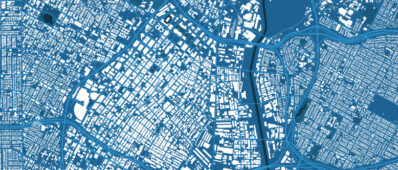Abstract
An interview with Chicago’s current mayor, Richard M. Daley:
‘New York is too big this way,’ the mayor says, raising a thick hand over his head. Stretching both arms out at his sides, he adds, ‘Los Angeles is too big this way. All the other cities are too small. We’re just right.’ (Bailey and Coleman, 1996, p. 6)
Mayor Daley is catering to a widespread fascination with the roles that urban size and structure play in people’s lives. Academic as well as other observers have long sought explanations for urban development patterns and criteria by which to judge their desirability. Furthermore, as we shall see, understanding the organization of cities yields insights about economy-wide growth processes and sheds light on economic concepts of long standing interest: returns to scale, monopolistic competition, vertical integration, technological innovation, innovation diffusion, and international specialization. Cities also are prime illustrations of some newer academic interests such as complex structural evolution and self-organization.


